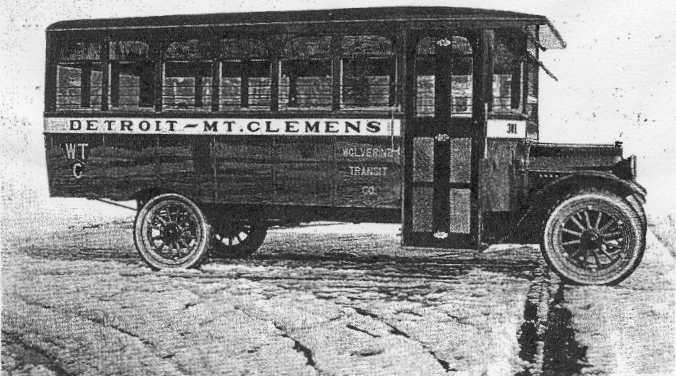
MADE TO MAKE YOU MONEY
More than 10 years have gone by since the last bus to bear the FitzJohn nameplate was rolled out the factory door and sent on its road test. Such is the effect of the passage of time that today no more than a handful of FitzJohns remain in service in the United States.Never a really prominent name in the American bus industry, FitzJohn nevertheless built more than 5000 bus bodies, complete buses, sedan stretchouts and trailer conversions (as well as truck bodies) in a history that spanned 38 years. The name is often associated with economy-model transit and intercity buses in service for small carriers, but at least in the FitzJohn days such operators could manage to buy new equipment now and. then. Today, GM builds as many buses in two years as FitzJohn did in its whole history, and not a few longtime FitzJohn customers rely on second-hand diesels now.
But not too many years ago, such famous FitzJohn designations as Falcon, Duraliner, Cityliner and Roadrunner were still commonplace. These names imply standardized models to present-day readers, but FitzJohn in later years never really mass-produced its buses. Practically every job had some unusual, feature that had to be custom-made. The nearest the factory came to standardization was in the busy year of 1947, when just two models were offered (though in different sizes) and production reached a record total of 305 buses. That year marked the end of the companies long climb from the lean days of the 1930's, and thereafter shipments declined steadily until the end--an end that could hardly have been foreseen when the Muskegon plant opened its doors back in 1921.
FitzJohn-Erwin On October 8, 1919, the FitzJohn-Erwin Manufacturing Co., controlled by H.A. FitzJohn, was organized in Muskegon to build truck and bus bodies. The earliest production (which seems to have taken place in 1921) included bus bodies that were designed for Reo chassis, as well as wooden cabs and panel truck bodies for Ford chassis. These were known as Fitz-Er cabs and bodies at first; before long the bus bodies were marketed under the FitzJohn name.
Originally there were two bus designs for the 3/4-ton Reo Speed wagon chassis. One was the F-6O, an 18-passenger transit model that was 13'8" long, and the other, also
|
FitzJohn body model B-51, a 21-passenger city bus on a Reo Speed Wagon chassis. This was the most popular of FitzJohn's early styles and sold for $1700. Wolverine Transit Co. was one of a number of companies that,went into the formation of Eastern Michigan Motorbuses in 1928. |